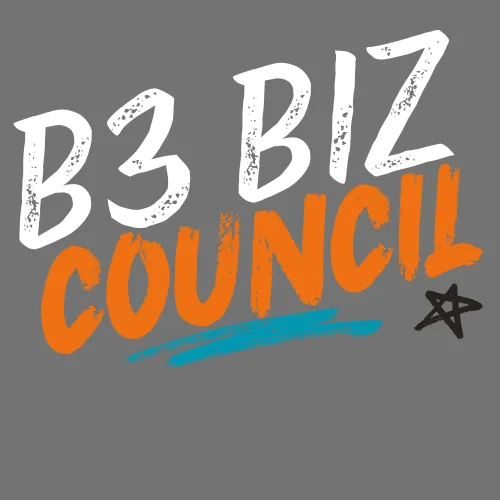Breaking Barriers Business
The Issue
The Historic Wealth Disparities & Lack of Access Exacerbated by Pandemic
In the first year of Pandemic, the number of active business owners fell by 22 percent. While the over all decline is noteworthy, the differences among closure rates across racial and ethnic groups are even are even more striking. Black business experienced the most acute decline, with 41% drop. Latinx business owners fell by 32% and Asian business owners drop by 26%. In contrast, the number of white business owners fell by 17%. Declines in payroll, sales, and revenue were most severe for firms owned by people with color. Business owners of color who entered the pandemic with fewers assets and weaker banking relationships than their white counterparts reamain disconnected from opportunities to preserve and grow their business.
The Opportunity
Accelerating Wealth Building for Black and Brown Entrepreneurs
Entrepreneurship and small business ownership can drive wealth disparities, small business owners of color are constrained by under-capitalization and lack of access to traditional advisor and investors networks. Main street America, enabled by Truist Foundation and in partnership with Living Cities, is working with local leaders to increase equitable access to expert and capital for small business owners of color through the where it starts: Breaking Barriers Business iniative. Throught the 36 month-pilot project, we are engaging with select cities in the Southeast to support small business entrepreneurs of color in preserving and growing their businesses.
Project Overview
Building Change Through Thoughtful, Impact-Driven Connections
Partnering with place-based leaders from our current networks in local government and business support organizations, the projects aim to:
Address the gaps in access to capital
Shift private and public policies and practices
Provide critical and technical assistance for entrepreneurs of color
Impact and Response
Two years into the initiative,our team has accomplished:
Identified and selected five cities and 3 neigborhood commercial districts.
Prioritized the assessment of Economic ecosystem in each city, including understanding the social, political, economic and historical context of economic ecosystems in the corridors.
Organizational capacity building of both municipal partners and local business serving organizations.
No blogs found

© 2025 Company Name - All Rights Reserved, consectetur adipiscing elit. Maecenas commodo suscipit tortor, vel tristique sapien in sem nec, hendrerit